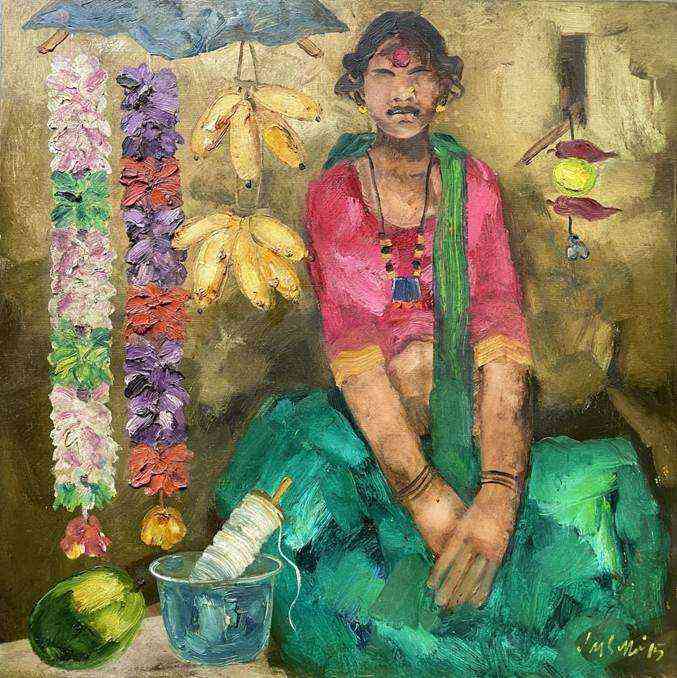By P Abigail Sadhana Rao

Colour is a powerful tool in the hands of an artist, and the use of colour can have a profound impact on the emotions and perceptions of the viewer. This is because colour can elicit a range of emotional responses and associations that are deeply rooted in our psychology and culture. In this blog post, we will explore the psychology of colour in art and the emotional impact of colours on the viewer.
The Emotional Associations of Colours

Did you know that your surroundings could affect your feelings and state of mind? Have you ever noticed that certain locations aggravate you more than others? or that specific locations are particularly tranquil and calming? Well, there’s a likely chance that those spaces’ colour schemes are in play.

Colours are often associated with specific emotions and moods, and these associations can vary across cultures and individuals. To illustrate, the colour red is commonly associated with passion, anger, and danger, while blue is often associated with calmness, stability, and trust. Green is associated with nature, growth, and freshness, while yellow is associated with happiness and warmth. These emotional associations can be used by artists to evoke specific emotions and moods in their work, making colour an essential element of artistic expression.
The Use of Colour in Art

Artists can use colour in a variety of ways to convey meaning and emotions in their work. One way to use colour is to create contrast and balance within a composition. colours that are opposite each other on the colour wheel, such as red and green or blue and orange, are known as complementary colours. Using complementary colours in a composition can create a sense of balance and harmony, while using colours that are adjacent to each other on the colour wheel, such as blue and green, can create a sense of calmness and tranquillity.

Bhuwan Silhare
Another way to use colour in art is to create a focal point within a composition. A focal point is an area of the composition that draws the viewer’s attention, and artists can use colour to create contrast and draw attention to specific areas of the artwork.
The Emotional Impact of Colours on Art

Colours can have a powerful emotional impact on the viewer’s psyche, and artists employ this impact to create a range of emotional responses in their work. For instance, warm colours such as red, orange, and yellow can create a sense of excitement, energy, and passion, while cool colours such as blue, green, and purple can create a sense of calmness, tranquillity, and relaxation.

Raji Pavithran
Additionally, colours can be used to convey specific emotions and moods. For example, the use of red in a painting can convey a sense of love, warmth, comfort, energy, excitement, and intensity, while the use of blue can convey a sense of melancholy, calmness, serenity, cold, loyalty, truth and wisdom. Colours can also be used to create a sense of mood or atmosphere within a composition, such as the use of cool colours to create a sense of calmness in a landscape painting.